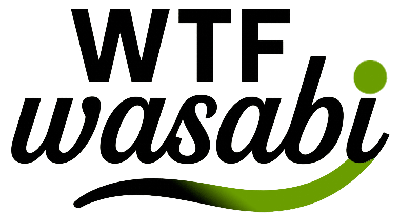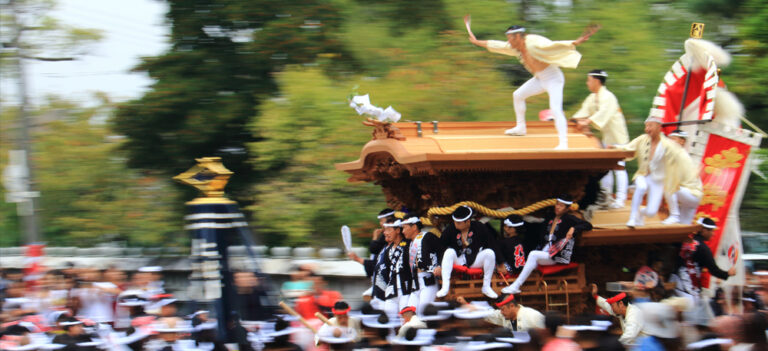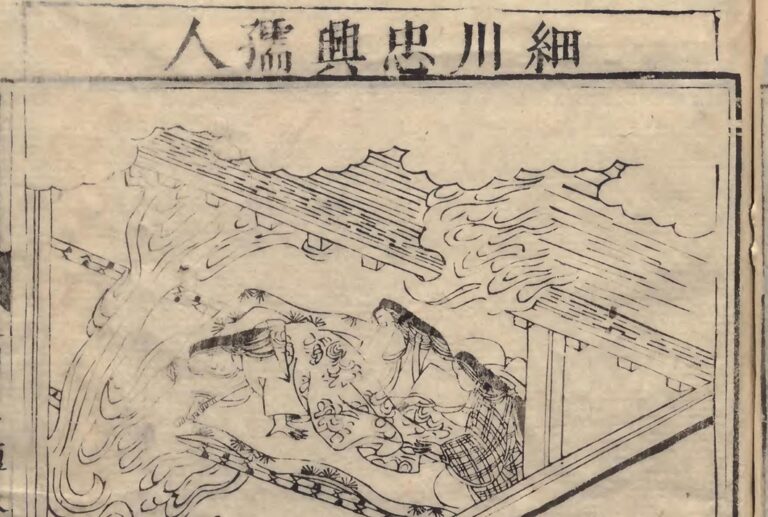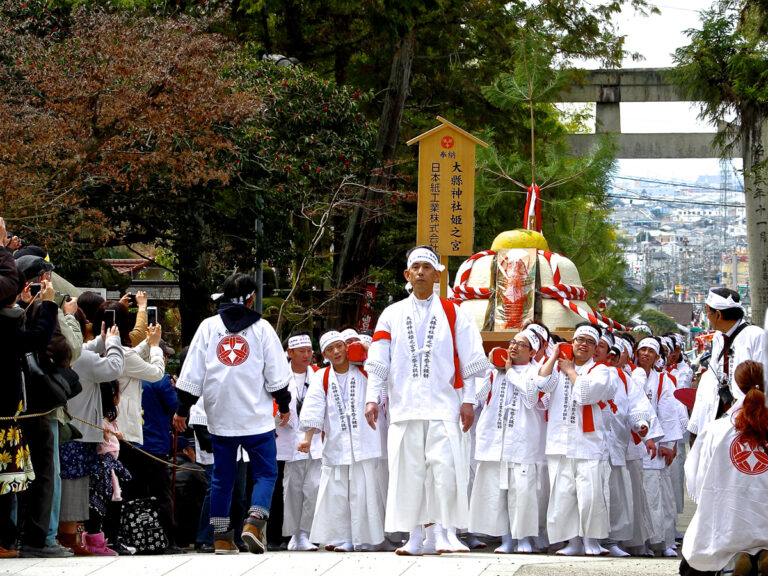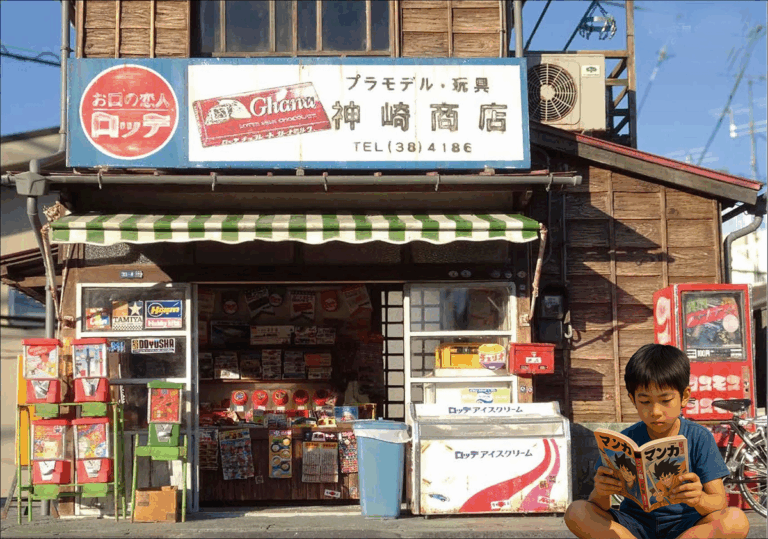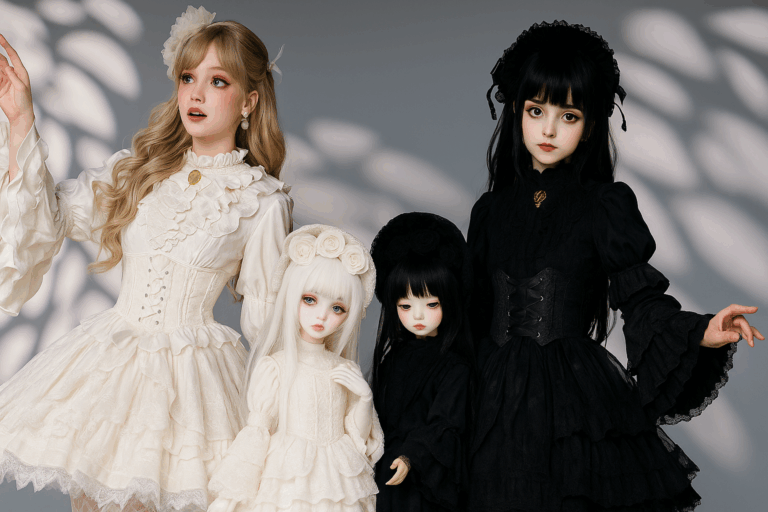Japan’s 800-Year Obsession with Turning Everything into Characters
Frogs Fighting Monks—Yes, Really
So… imagine this: a frog sumo-wrestling a monkey while a rabbit plays the role of a Buddhist monk.
Sounds like a chaotic anime, right? Nope—this was painted around 800 years ago.

It’s called Chōjū-giga (literally, “Animal Caricature Scrolls”), and it’s one of Japan’s oldest known illustrated works—often dubbed the country’s first manga. No speech bubbles. No captions. Just ink, motion, and vibes.

These animal antics weren’t just for laughs. They’re early examples of how Japan turns non-human things into full-blown characters to reflect, mock, or explore human behavior.
💡 TIPS: Want to see the actual Chōjū-giga?
The Chōjū-giga scrolls are in the public domain, and high-res images are available online.
Explore the originals—and modern remixes—here:
👉 https://chojugiga.com/

Left: Work is not finished Middle: President Right: Presentation
Artists still reimagine these scenes today. Frogs doing PowerPoint presentations? It’s a thing
Animals Teaching Morals Since Way Before It Was Cool
Japan’s folktales are full of animal characters doing surprisingly human things—and usually teaching you a lesson in the process.
Ever heard of:
- The Battle of the Monkey and the Crab A monkey steals food, things escalate, and revenge is exacted. Violent.
- The Grateful Crane A beautiful crane transforms into a woman to repay the favor of someone who helped him. Spoiler alert: the woman leaves when the crane peeks in.

These stories hit different when animals are the ones doing the drama.
Kids get morals. Adults get metaphors. Everyone stays entertained.
Edo-Era LOLs: Satirical Animal Chaos
Fast-forward to the Edo period (1603–1868), and anthropomorphism explodes. Everything becomes a character:
- Fish and veggies gossiping in ukiyo-e prints
- Foxes and tanuki shapeshifting in comedic plays
- Household tools dancing in yokai parades (yes, your broom might have a soul)
.jpg)
This wasn’t just for laughs. It was social commentary wrapped in cuteness.
Anthropomorphism became a loophole—a clever way to speak truth to power, or just roast your neighbor.
Anthropomorphism Goes Global: Japan’s Hit Content Exports
In modern Japan, anthropomorphism powers some of its most iconic content—many of which became global hits.
- Touken Ranbu: famous swords reincarnated as handsome anime boys. History and fanservice in one blade.
- Uma Musume Pretty Derby: legendary racehorses as idol girls. You will laugh. You will cry. You will Google the real horses.
- Hetalia: Axis Powers: entire nations turned into lovable (and chaotic) dudes.
- Cells at Work!: white blood cells = action heroes. Science class has never been so emotionally charged.
- World Flags Project: national flags as anime-style heroes. It’s culture + cosplay + country branding.
These aren’t just characters. They’re fully-realized content ecosystems built around the idea that anything—literally anything—can become a person. They’re mini universes built on anthropomorphic foundations.
The Deep End: Japan’s Most Niche Anthropomorphisms
And just when you think Japan might stop at swords and cells… nope.
It gets weirder. Better. Peak Japan.
🚉 Train Stations as People?! Meet LATCH!
What if every train station on Tokyo’s Yamanote Line had a face, a name, and a whole personality?
That’s exactly what LATCH! did—turning each station into a unique character, often portrayed as handsome young men with backstories matching the area’s vibe.
It’s urban geography meets anime boys, and somehow it totally works.
🐺 BEASTARS
A gritty manga (and Netflix anime) where carnivores and herbivores deal with society, trauma, and desire.
There are no humans—just animal characters that hit very human nerves.
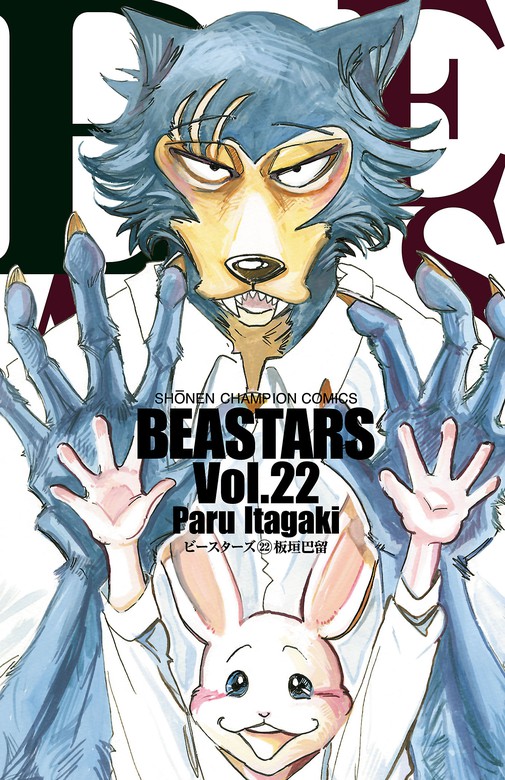
🐢 Classic Animal Fables, Still Going Strong
Even today, Japanese kids grow up with modern retellings of stories like The Crab and the Monkey.
Anthropomorphism lives on in educational books, anime, and even commercials.
Why Japan Can’t Stop Doing This
Why does Japan anthropomorphize everything?
- Cultural ambiguity: Japan tends to suggest rather than state. Characters can express what people can’t say out loud.
- Emotional safety: It’s easier to process hard topics when it’s a bunny or a vending machine talking.
- Marketing superpower: Give something a name and a face, and suddenly we care. That’s character magic.
Western media has its share of talking animals, sure—but Japan turns the concept into a genre, a philosophy, and sometimes… an entire industry.
It’s Not a Quirk. It’s a Framework.
From frogs in robes to sword-boy simulators, anthropomorphism is more than a visual style—it’s a storytelling philosophy.
In Japan, anything can be a character, and every character has the power to carry a message, a mood, or a mission.
So next time you meet a smiling train station or a warrior mitochondrion?
Respect them. They’ve been on this journey for centuries.
You might also be interested in these articles
■Why Japanese Manga Captivates Adults Around the World

Born in Japan, raised in Toronto. I dive deep into anime, pop culture, and history — bringing both otaku vibes and global views.
